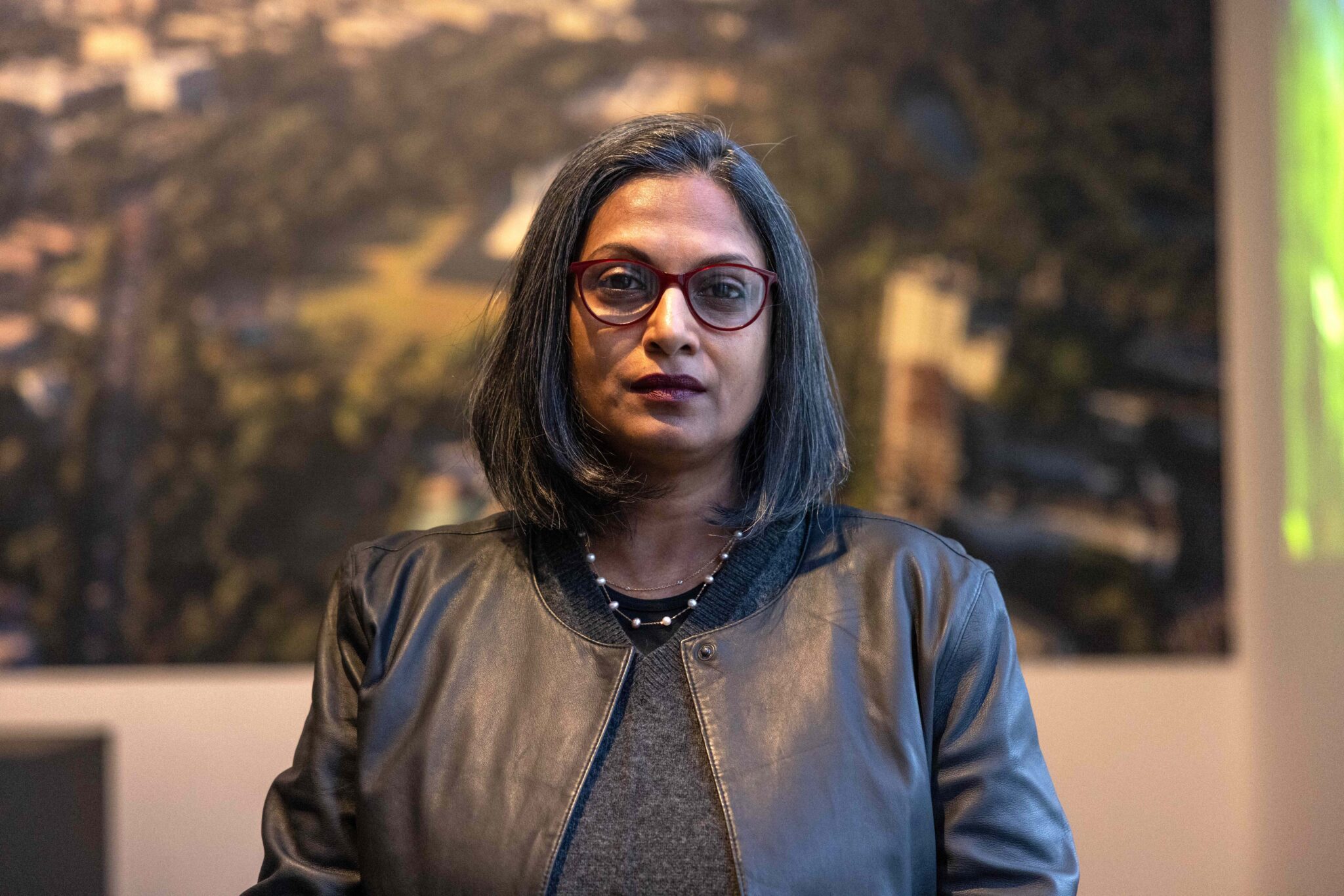Architecture Today’s contributing editor Ian Volner is on the ground in Venice checking out pavilions and installations, and reporting on what is set to be one of the most unusual biennales to date.


Day 1
US Pavilion
Sight for sore eyes: at the preview of the (much-delayed) 2021 Venice Architecture Biennale, a view of the Giardini from the US delegation’s looming wood-frame installation, situated in front of the old US pavilion. “It took two weeks to build,” says curator Paul Preissner.
US Pavilion: American Framing curated by Paul Andersen and Paul Preissner
Spanish Pavilion
The Spanish Pavilion at the Venice Biennale bills itself as a “cabinet of wonders”, full of disparate proposals and ideas. Taking in the wonderment: Norman Foster, a regular habitué of Spain and one of the few Brits in town, with most of the delegation still on lockdown.
Spanish Pavilion: Uncertainty curated by Domingo J. González, Sofía Piñero, Fernando Herrera and Andrzej Gwizdal
Russian Pavilion
Covid has made prep for the Venice Biennale more of a challenge than usual; on day one of the press preview, finishing touches are still being put on the Russian Pavilion. Fortunately, the renovation itself is the theme of the exhibition inside – fittingly titled “Open?”
Russian Pavilion: Open? curated by Ippolito Pestellini Laparelli
Day 2
Re-wilding schemes and radical ecological proposals are everywhere at the Venice Biennale. Here, in the Giardini Central Pavilion, Smout Allen with Geoff Manaugh reimagine England’s landscape, interweaving nature and city.
Also at the Venice Biennale Central Pavilion: “The Earth is an Architecture”, a relief plan of organic topography transformed (via colourful mixed-media) into a beguiling visual spectacle, courtesy of an international team with support from Institut Français.
A novel response to Venice Biennale curator Hashim Sarkis’s theme “How Will We Live Together?”: Variations on a Birdcage, a piece in the Arsenale imaging structures that let humans cohabitate with birds. A collaboration between a dozen-plus designers, from Hong Kong to Russia.
Day 3
Diggin’ the scene: previous Venice Biennale curator Alejandro Aravena takes an email break in his piece for this year’s show, a wooden structure outside the Arsenale meant as a symbolic meeting ground for the different ethnic peoples of his native Chile.
One of the most intellectually ambitious pieces at the Venice Biennale’s Central Pavilion, Plan B Architecture & Urbanism’s “World Turned Inside Out” comprises huge hemi-globes with portions of the earth “de-mapped” – returned to nature and to the unknown.
Inside the Arsenale proper, American firm The Living expands the ecological aspect of curator Hashim Sarkis’s show with “Alive”, a curious mini-structure fabricated using microbial life forms.
Death in Venice: in the Biennale’s Arsenale, a certain American critic enjoys a moment’s repose at OMA/Reinier de Graaf’s “Hospital of the Future”, a film about the architecture of healthcare.
Day 3
Titled “The Garden of Privatised Delights”, this year’s UK Pavilion (curated by London-based Unscene Architecture) looks at the blurred line between public and private space throughout Britain. Here, vPPR’s Play With(out) Grounds reimagines play facilities for urban youth.
Jumping ship: One of the most charming non-Biennale events is at Louis Vuitton, a mini show of Frank Gehry and Charlotte Perriand, echoing the latter’s monographic exhibition at the Paris foundation. This 1972 photo of FG sums up one’s feelings after a very tiring week in Venice.



























